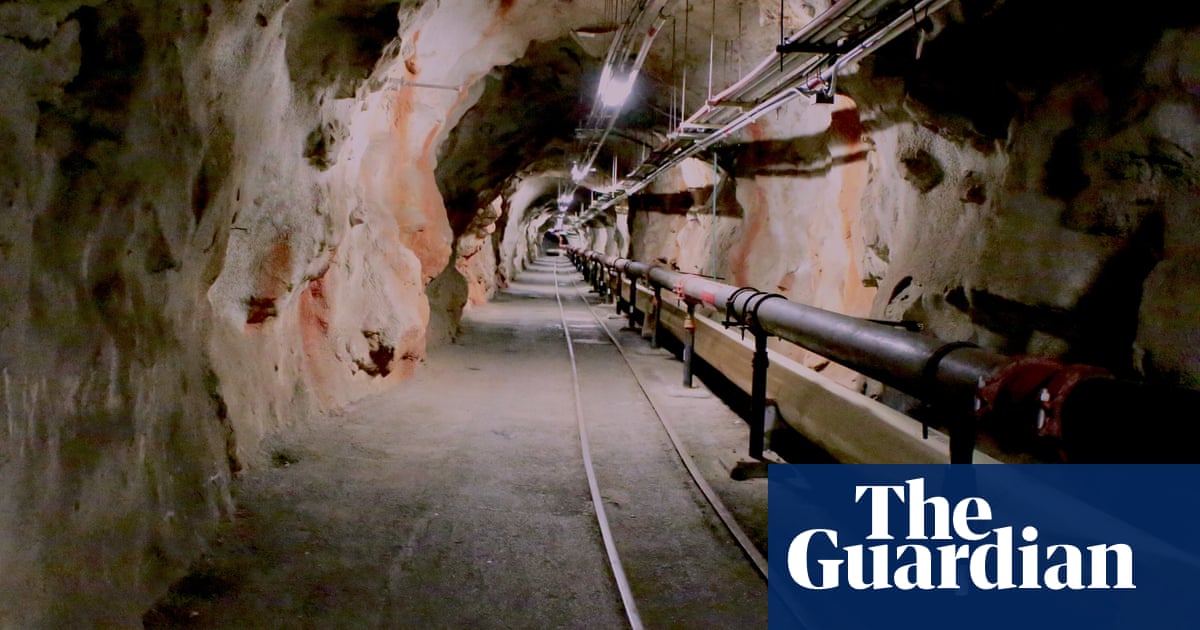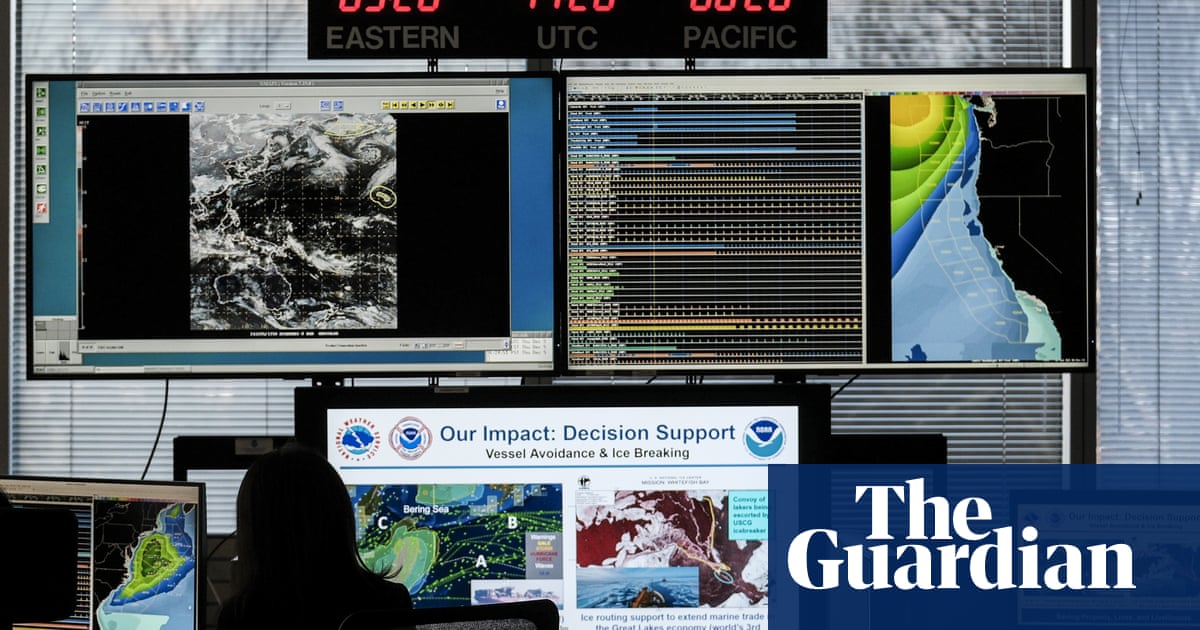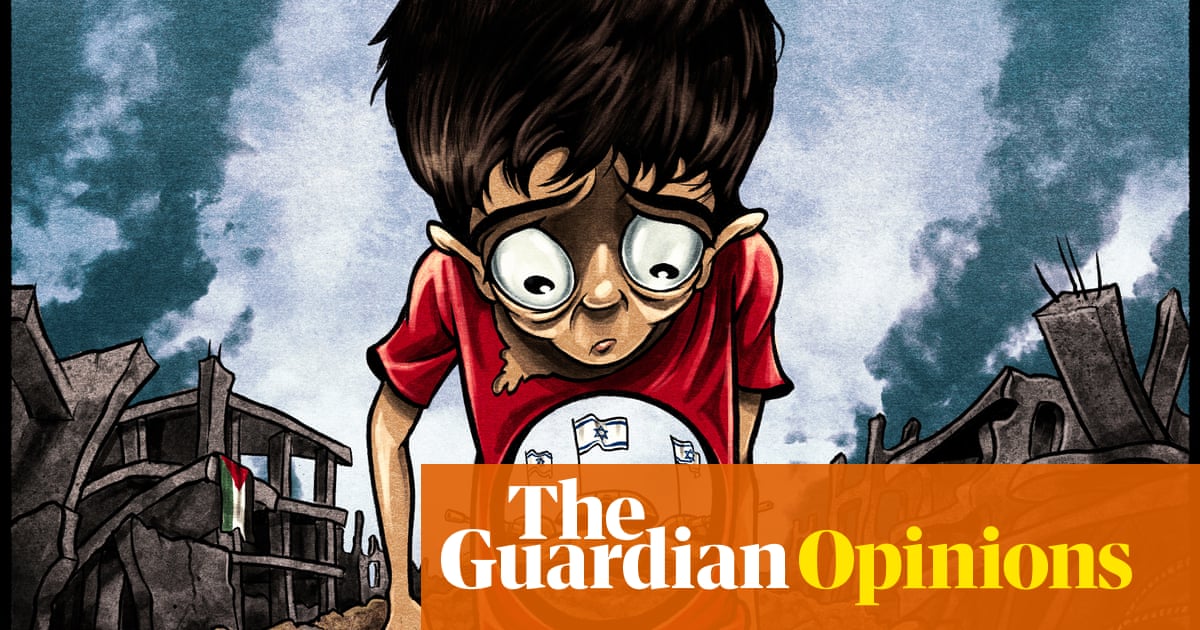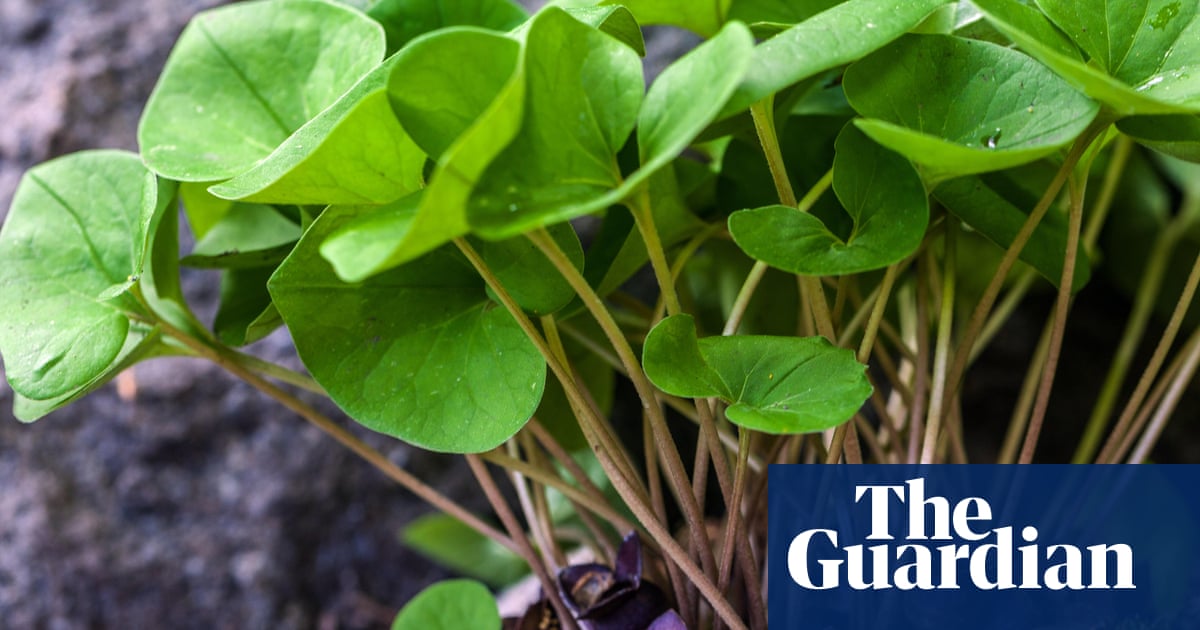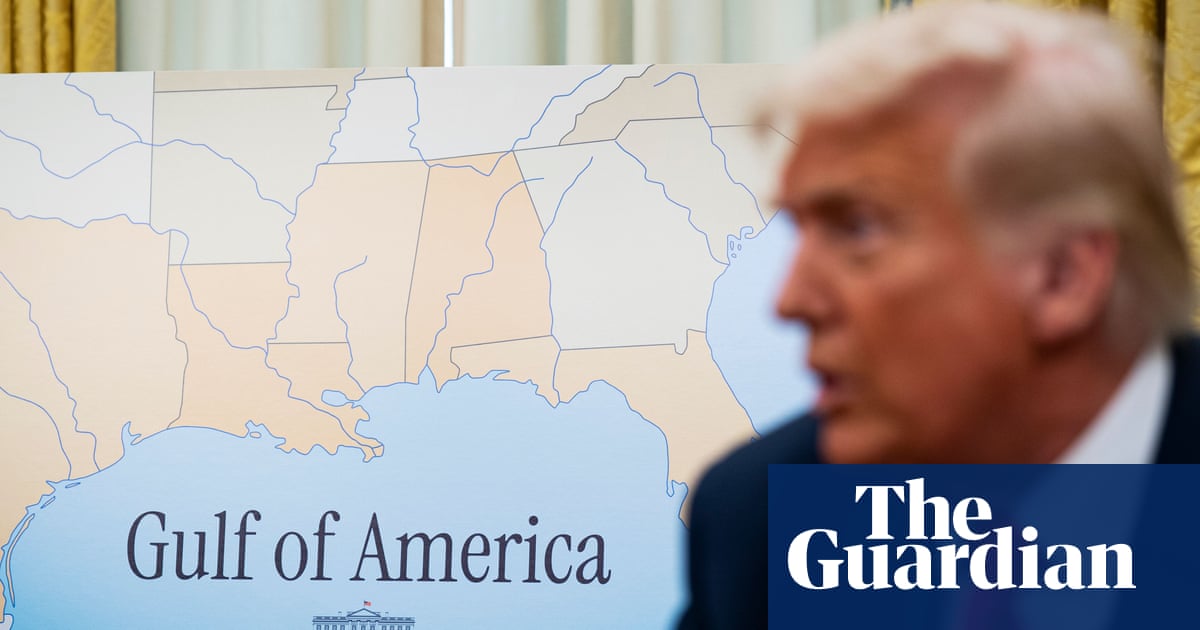It is so ingrained in British culture to celebrate sunshine that unless you are a farmer or gardener, it is unusual to complain about the lack of rain. But alarms are being sounded by environmentalists and farmers after a very dry spring followed a winter during which parts of the country, including Northern Ireland, had only 70% of average rainfall.
Some crops are already failing, and worse will follow unless more rain arrives soon. Conditions at the moment are said to resemble 2022 – the last time that farms suffered significant losses due to drought. In certain regions, fields have had to be irrigated months earlier than usual. The National Drought Group, which coordinates management of scarce water resources, met on Wednesday. Long-range forecasts are predicting more warm, sunny weather, but the UK’s weather is changeable. Two years ago the driest June on record was followed by an exceptionally wet July.
While it is too soon to say for sure what the summer will bring, it is not too soon to start preparing. With the drought risk classified as medium, the Environment Agency is advising people to start limiting their water use. Water companies have also been asked to take action, and some have begun repairing reservoirs. Levels are particularly low in the north of England, where less rain fell over the winter. Depending on what happens in the next few weeks, summer hosepipe bans could become more likely.
Worrying about drought and flood risks at the same time is probably still counterintuitive to many: too little and too much rain sound like opposite problems. But as the Climate Change Committee warned parliament last month, in its latest report on the UK’s progress in adapting to the climate crisis, the increased likelihood of extreme weather includes both.
The watchdog’s sobering verdict was that, despite commitments in Labour’s manifesto, national resilience and preparedness have not improved. Some experts liken the water companies’ approach to “praying for rain”. Their failure to invest in new infrastructure, including reservoirs as well as sewage treatment plants, stands as an indictment of water privatisation. Higher drought risks, along with polluted waterways, are the price being paid for that political choice.
Flood risks, meanwhile, keep rising as weather systems become less stable. Ministers must surely heed warnings against cutting flood defences, and learn from the disaster that followed torrential rains in Spain last October, when about 230 people were killed. It was, after all, in order to promote evidence-based climate policy and minimise the likelihood of shortsighted decisions, that the expert, non-partisan Climate Change Committee was set up.
Along with threats to life, risks to agriculture must also be addressed. This was one area in which the committee’s adaptation report tentatively highlighted some positive changes, though it also warned that exceptionally poor arable harvests such as last year’s could become more common. While drought jeopardises spring planting, traditional winter crops are limited by heavy rain.
Some farmers are already experimenting with alternatives; the UK has a growing number of vineyards and has seen its first chickpea harvest. Communication has always been a crucial aspect of the climate challenge. Right now, the risks posed by drought ought to bolster public support for net-zero policies, and encourage ministers to go further in the interests of food security.

 4 hours ago
6
4 hours ago
6




